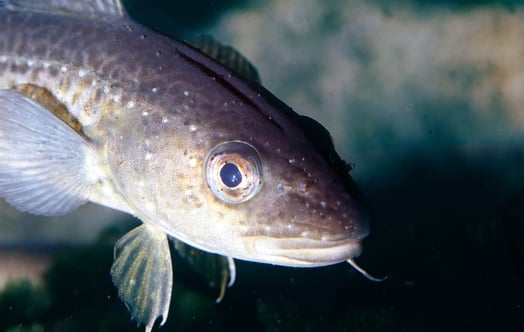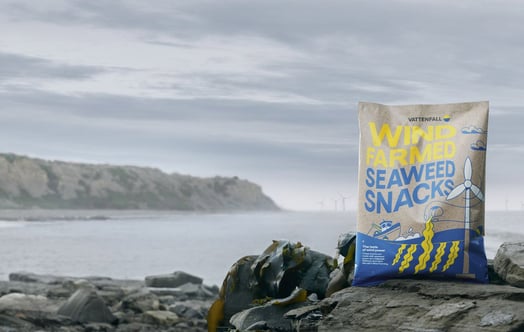
Vattenfall and Fred. Olsen Seawind awarded rights to build floating offshore wind farm outside Scotland
The partnership between Fred. Olsen Seawind and Vattenfall was successful as bidder in the Crown Estate Scotland’s ScotWind offshore leasing round. This will allow to commence works necessary to deliver a project with a capacity of up to 798 MW, enough electricity to power over 700,000 UK homes.
The 50/50 partnership has been awarded the rights to develop an offshore wind farm site located 67km off the east coast and supporting Scotland’s net zero ambitions to deliver 11 GW of offshore wind by 2030.
The project brings together the skills and experience of two of Europe’s leading renewable energy developers, and their ability to provide innovative solutions to the challenges of floating offshore wind, generating manufacturing and fabrication opportunities locally as well as increasing long term sustainable jobs and value creation.
Helene Biström, Head of Business Area Wind at Vattenfall comments:
“The decision marks an important milestone in the development of offshore wind in Scotland and the UK. We will now focus on moving forward the project that will help Scotland to stay at the forefront of the global offshore wind industry. Together we can deliver a successful project that will support the transition to a fossil-free future and Scotland’s net zero ambitions.” And continues:
“The partnership with Fred. Olsen Seawind brings together two developers with a proven track record of delivering innovative wind projects in Scotland that put the communities, the Scottish economy and environment at the centre of their work. The partnership will continue to progress environmental studies, alongside embarking upon public consultation and the full Environmental Impact Assessment (EIA) process.”
Anette Olsen, Proprietor of Fred. Olsen & Co, managing Bonheur ASA, says:
“We have more than a century long and successful history developing businesses in Scotland and are delighted to having teamed up with Vattenfall on this very exciting project. We see the award as a further demonstration of our long-term commitment and presence in Scotland and appreciate the trust shown to us.”
Lars Bender, CEO of Fred. Olsen Seawind ASA adds:
“We are delighted with the outcome and really pleased that Crown Estate Scotland acknowledged the value of our unique approaches to innovation and Scottish content – developing a project that brings significant value to the Scottish economy, supply chains and local communities.”
About Fred.Olsen Seawind
- Fred. Olsen Seawind AS is an established offshore wind developer building on Fred. Olsen Renewables’ 25 years wind track record, market presence and portfolio.
- In 2021, the Fred. Olsen Renewables offshore wind assets and activity was organised within a distinct corporate structure in Fred. Olsen Seawind AS, and is 100% controlled by Bonheur ASA.
- Utilising the extensive experience in Scotland gained through over 25 years of development, construction and operation of onshore wind in the region, Fred. Olsen Seawind is committed to progressing offshore wind projects in Scotland.
- Fred. Olsen Seawind is active in Ireland, Norway and Scotland and is exploring opportunities in new markets.
- For further information visit www.fredolsenrenewables.com/offshore-wind
For further information, please contact:
Vattenfall Press Office +46 (0)8 739 5010, press@vattenfall.com



